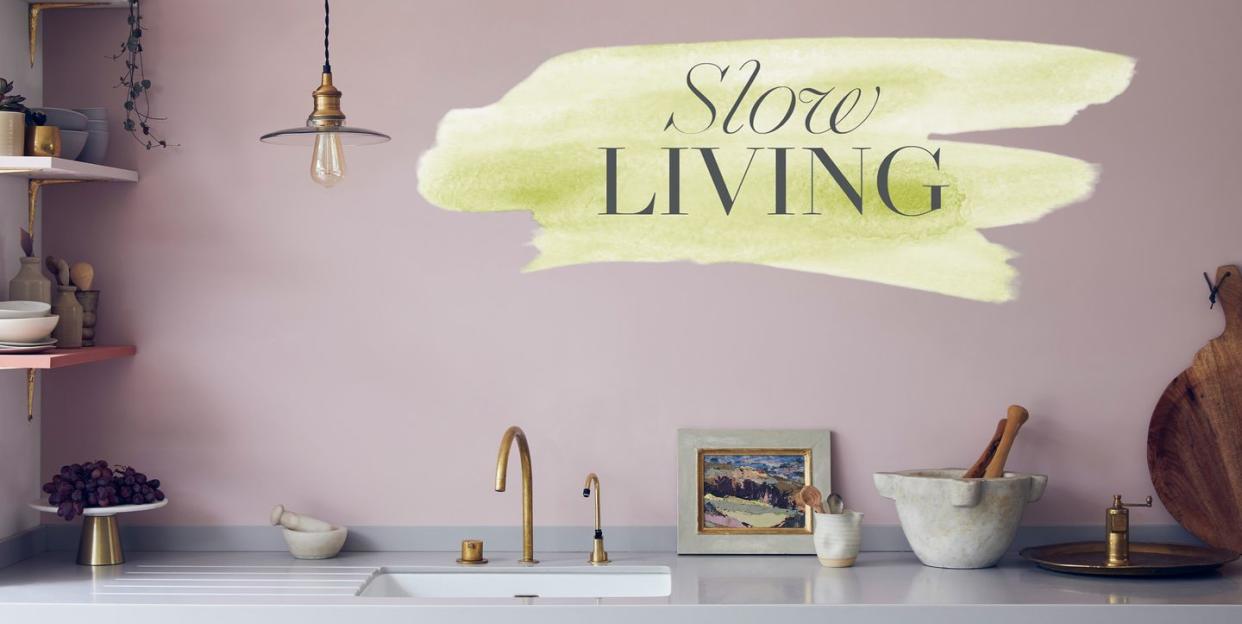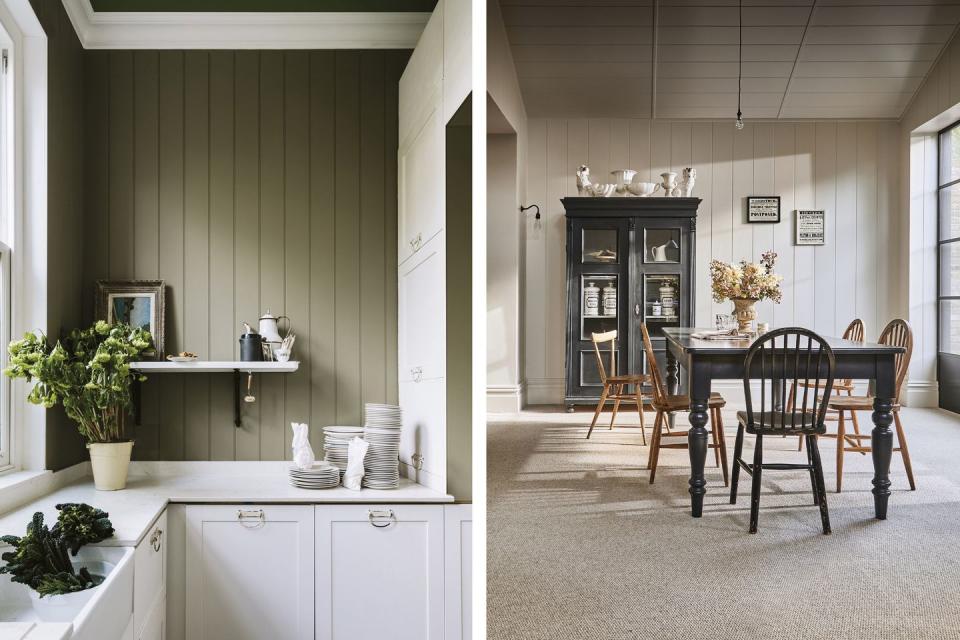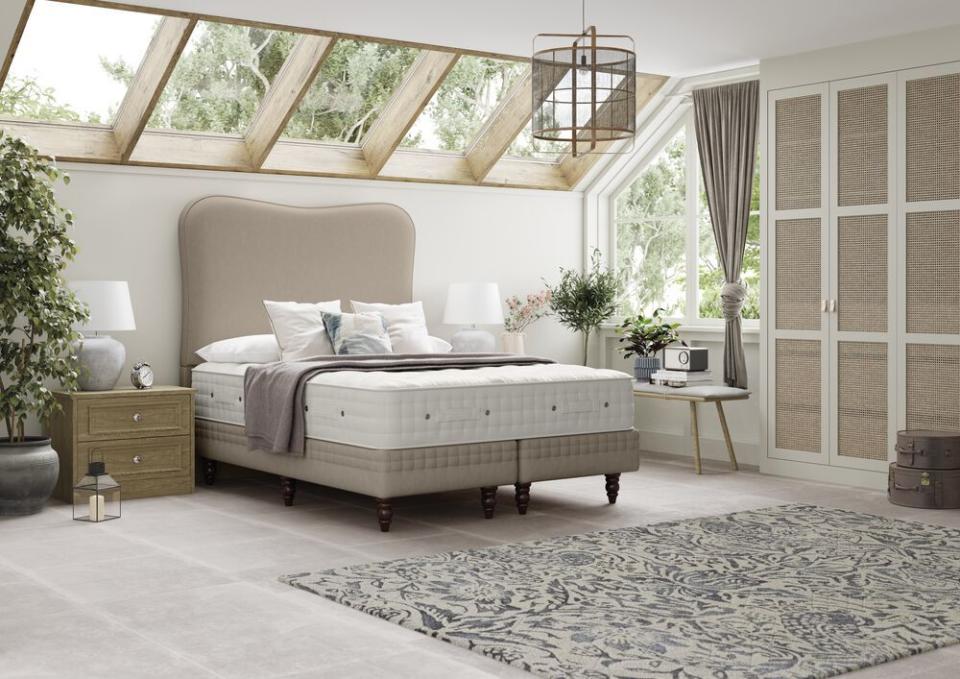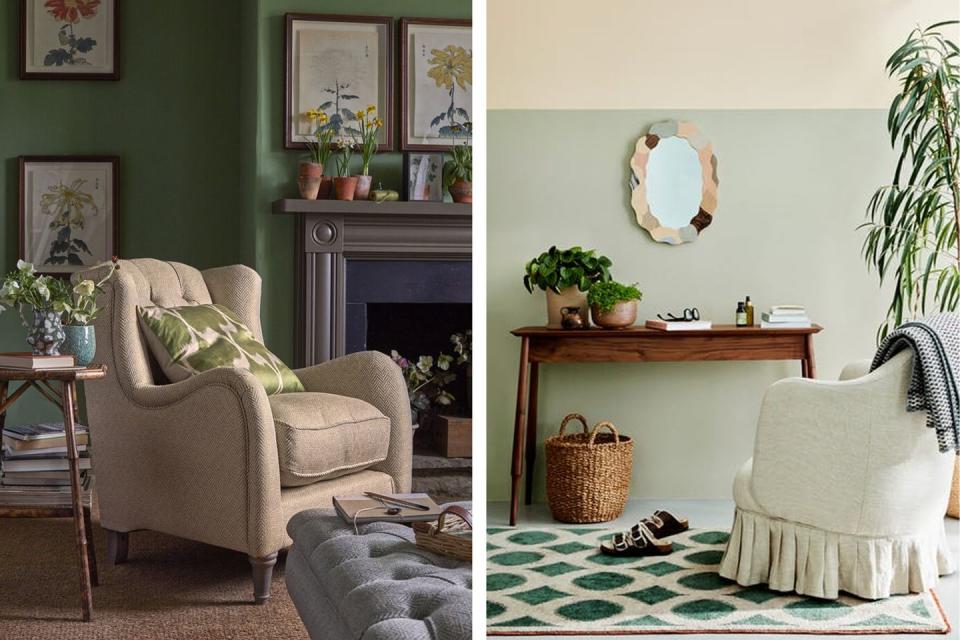Interior design expert shares 8 principles of slow living at home

Slow living is more of a lifestyle than it is a trend or a hashtag – its origins predate social media, although it does have its own corner of Instagram, full of appealing photos of small, every day joys.
"Slow living invites a slower approach to the everyday hustle of life," says Michelle Collins, a creative specialist at Green Lili. "At its core, it's a way of life that celebrates the little things. Those moments in our lives which make us happy or calm us down when stressed out. It's about enjoying life, connecting with others, taking care of yourself, and being mindful and present in your surroundings."
In interior design, slow living translates to a peaceful and harmonious space where you can relax and cocoon yourself from the strains of daily life.
"It's about finding happiness in the every day and creating spaces where you can relax, enjoy yourself and retreat from the chaos of the outside world. Spaces that are practical, comfortable, beautiful, and reflect you as an individual."
Below, Michelle shares 8 key principles of slow living that can be integrated into your home...
1. Create a calming environment

A sense of stillness and calm are central to slow living principals, and so colour palettes and a sparing approach to decoration is important.
"To help calm our daily life stresses and slow down our lifestyle, spaces with muted colour schemes instantly provide a relaxing environment," says Michelle. "Think natural furnishings, light tones, and nature's colours. A luscious house plant will not only bring colour and life into your home but also have the added benefit of cleaning the air of pollutants and toxins, which can cause stress and anxiety if we inhale them frequently."
2. Hygge your home
"Adopt the Danish way of living by bringing a little Hygge (pronounced hue-guh) to your home," says Michelle. "Hygge embraces comfort and cosiness by enjoying the little things in life, like a warm cup of tea or a scented candle.
To Hygge your home, opt for earthy palettes that connect you to the outdoors, light candles, and get cosy with blankets and cushions. Slow down and be mindful, savouring the present moment."
3. Use natural lighting whenever possible

Slow living as a concept has strong links with mental and physical wellbeing, with an aim to cocoon us from daily stress and chaos. All aspects of a home are considered, including access to natural light which can help with circadian rhythm and ensure restful sleep.
"Lighting is essential to create a relaxing and welcoming space," says Michelle. "Make your room look bigger, brighter and more spacious by taking advantage of natural light wherever possible. It will make you feel more awake and energised and is excellent for reducing stress. Consider your lighting options and choose an ambience that soothes the space and the soul."
4. Choose artwork carefully
When creating a calm and serene space, Michelle recommends avoiding busy features like gallery walls that have the potential to overwhelm your design.
"Choosing new art can be a beautiful process if you take the time to find pieces that have heart and meaning and make you feel relaxed and happy in your home. Don't cram every wall with art. Choose large statement wall art to anchor the room visually. Maybe even incorporate it into the design scheme. Then dot smaller pieces around different parts of the room - this helps create interest without overcrowding or overwhelming the eye with too much detail."
5. Create a comfortable space to relax at the end of the day

Throughout the pandemic, there was a move towards creating pockets in the home to promote calm and reflection – the bathroom is a prime example, as we invested in spa-like features. Slow living principles promote much the same.
"Create a place in your home that you can use as a retreat. A little reading nook. A space for quiet time. Whatever works for you — make sure that this space feels safe and welcoming so that it's easy for you to unwind when you need it most."
6. Be flexible with your space
Slow living has a considered approach towards consumption, so when it comes to redecorating, look first at being resourceful with the items you already own, and tackling some creative upcycling.
"If your space isn't working for you, change it," says Michelle. "This doesn't mean buying new items. Move things around to other rooms, declutter, and upcycle existing furniture. You can make the space work for your needs and use it in different ways as your needs change."
7. De-clutter your space. Less really is more.

"Mess equals stress," says Michelle. "Clear out any clutter and unnecessary items from your home. Discard anything that doesn't serve a purpose in your life in a sustainable way, and donate or sell the rest.
If you have too much stuff, finding things when you need them can be difficult, and it's harder to get motivated to clean. Having less stuff around also makes your space feel cleaner and more peaceful overall."
8. When you do buy, buy well
"Be mindful of the things you buy and bring into your home. Decorate with meaningful things. Each item should have a purpose, spark joy or be special to you. Buy quality items and be considerate of the brands you want to support," says Michelle. "Upcycle if you can. Do your research and choose sustainable products and brands to help reduce your environmental impact at home."
You Might Also Like


